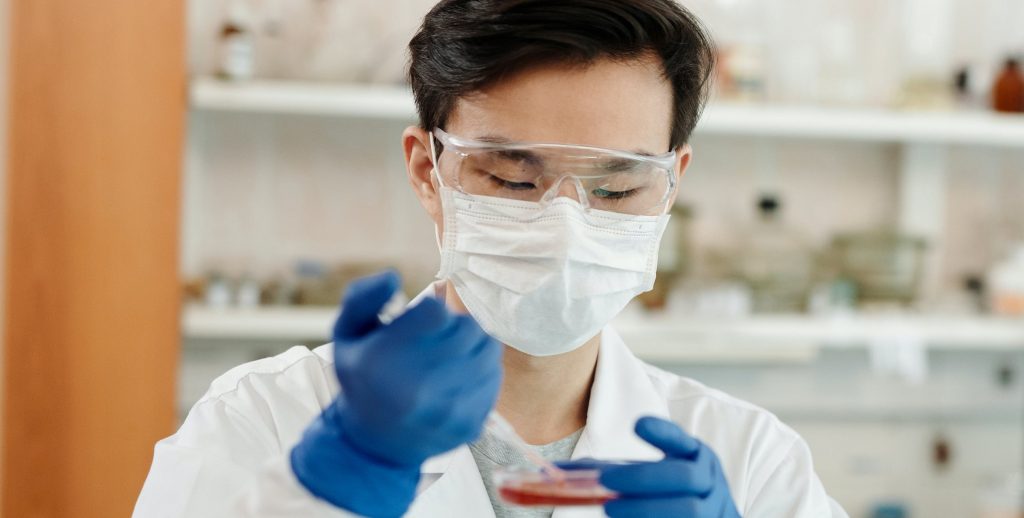It’s something that can happen to anyone.
You meet someone and bring them home. Just as you’re getting intimate, you notice something suspicious about their genitalia – maybe a bump, a sore, or some strange discharge.
Should you continue your intercourse or call it a night?
It turns out you don’t have to decide for yourself. There’s an app for that.
The rise of STI apps
Calmara, a new app designed for people who want to check their partners’ penises for STDs, was recently launched by San Francisco-based healthcare startup HeHealth. It offers to help people navigate the complicated terrain of new sexual relationships with a neat AI app that can diagnose STDs.
The app launched by HeHealth joins a number of new healthcare apps that use AI and smartphone technology to help people optimize their health and well-being.
To the average person, this may seem like a good development. Having an app in your back pocket that could recognize the symptoms of an STD in a sexual partner could help some people avoid getting an infection themselves.
However, the risks of new sexual encounters are not so easily resolved, and concerns have been raised about the safety and effectiveness of such apps.
Data privacy issues
Privacy is one of the main issues associated with using STI apps like Calamara.
Calmara users share a photo of their partner’s genitalia with the app. The app then uses artificial intelligence to analyze the photo – artificial intelligence trained on thousands of photos of genitalia with and without STDs. These photos contain original and AI-generated images of the penile symptoms of many STDs.
Many experts say there is concern about storing and using such large data sets and rushing such a product to market without further testing.. Private health information can be easily compromised and disseminated if the technology that collects the data does not have the right security protocols in place.
The use of such apps also raises concerns about consent. People concerned about the potential for STDs may not fully appreciate the implications of uploading such images to a private database.
Also, the person using this app is not the person whose genitalia is being photographed. The real subject is not the person whose consent is sought.
These photos may also contain faces, addresses and other identifying information.

Worried about STDs? Try Better2Know’s full screen which checks for the 7 most common STDs in the UK.
Diagnostic value
You might think that a photo of a bump or sore might be definitive proof of something troubling. However, this may not always be the case.
Even in well-lit diagnostic rooms with a trained professional, it can be difficult to diagnose a sexually transmitted infection from a visual examination alone.
This is why a medical professional will always request testing if they suspect their patient has an STD.
STDs are often asymptomatic
The diagnostic value of imaging brings us back to the heart of the matter with STDs: STDs are often asymptomatic.
Chlamydia, the most common bacterial STD in the world, is a great example of how difficult STDs can be to identify. It is estimated that up to 75% of women and 50% of men with chlamydia infection have no symptoms at all. These people may not even know they have an infection and unknowingly pass it on to someone else.
The same goes for herpes. Although someone with a genital herpes infection is more contagious during an outbreak – which can lead to genital sores – the asymptomatic shedding of viral particles means the infection can spread even without the appearance of visible symptoms.
Some people may also mistake an STD for another, less serious infection. Infections such as syphilis, herpes, hepatitis B and HIV often share symptoms with infections such as the flu, such as fever, nausea, body aches and rashes, which often go away on their own over time.
Someone with an STD can clear such symptoms and resume sexual activities without treatment.
Final thoughts
Mike Asher, CEO of Better2Know, puts it best: “Medical AI is advancing by leaps and bounds, and this technology has the potential to greatly benefit the medical field.
“However, we must not let enthusiasm for innovation replace tried and true diagnostic methods.
“While the appearance of visible symptoms may indicate an STD, they are not definitive diagnostic indicators. Just because someone doesn’t have warts, sores or other blemishes doesn’t mean they don’t have an infection. And if they do, it doesn’t necessarily mean they have an STD. The only way to know for sure is to take a test.
“People who are sexually active should get tested regularly, especially when starting new sexual relationships, and should not rely solely on apps to find out their partner’s sexual status.”
If you are concerned about an STD, you should get tested. Better2Know offers a comprehensive and accurate STI testing service through clinics located throughout the UK.

Don’t leave your sexual health to chance. It’s always Better2Know.
